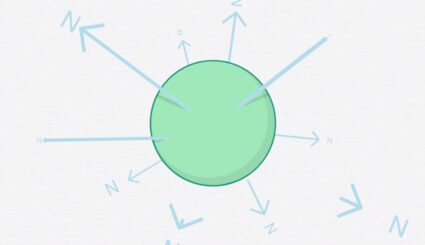The Impact of Drought on Crop Nutrition

Many farmers across Canada experienced drought conditions in their fields this year which had a devastating effect on crops. Besides moisture stress, dry soil results in limited root activity, preventing roots from effectively taking up nutrients, and limited soil biological activity. In this episode of Inputs by Top Crop Manager, Nutrien Senior Agronomist Dr. Alan Blaylock shared tips and advice on recovering and adjusting fertilizer management strategies after experiencing drought conditions. Listen to the recording or read through some of the highlights below.
- Droughts affect plant nutrition. Dry soil limits root activity and nutrient uptake, especially in roots close to the surface. Lack of moisture can compound with lack of nutrients to stress the plant, and soil biological activity becomes limited. Soil organisms typically release nutrients for the plant to utilize, but during droughts they are less active (less nutrient availability for crops).
- In circumstances where crops that were going to be used for grain are having to be used as forage for livestock means harvesting the whole plant, not just seeds, which increases nutrient removal. Potassium mostly stays in leaves and stems. Removing the whole plant can increase potassium deficiencies.
- Residual nutrients can remain/persist through the next growing season with limited crop removal, meaning potentially having to apply less nutrients the following season.
- Identifying residual nitrate in soil can contribute to the next seasons ‘nitrogen budget’ to potentially reduce fertilizers and costs. More useful in Western Canada where we don’t have as much winter leaching, less useful in Eastern Canada where they could lose that nitrate in the spring. Advisable to follow a planned program for your land and make small adjustments to nutrient rates.
How does drought affect ESN?
- Moisture and temperature (not necessarily water) are the essential factors for the ESN release process. Moisture doesn’t become limiting until it’s breaching the permanent wilting point, until that point there should be enough moisture for ESN to release.
- Using ESN can help control nitrogen levels and promote early vegetative growth while using less water (conserving more for reproductive period). This control of vegetative growth can result in yield increases despite dry conditions as seen through various studies across Canada and U.S. plots.
- Those who experienced drought but are interested in fall application need to determine if the soil is suitable for fall application. If soil is excessively dry, nitrogen and ammonia applications could result in losses, and it may be best to wait until spring. However, one should balance that factor against potentially very wet conditions in the spring that can also result in losses. Determine what makes the most sense for your location and look at area history to see if you will be able to manage a good fall application.
To discuss how ESN works or if a fall application is right for your geography, get in touch with your local rep.


